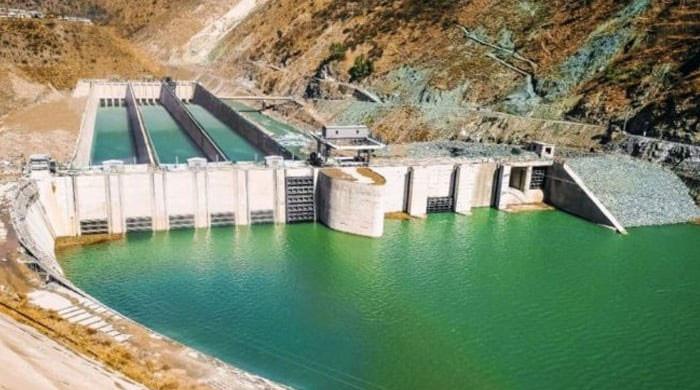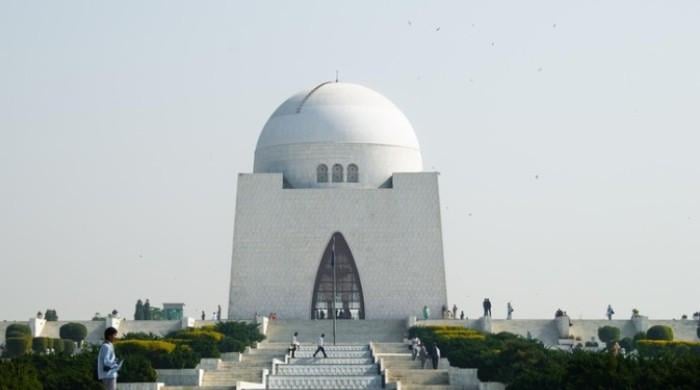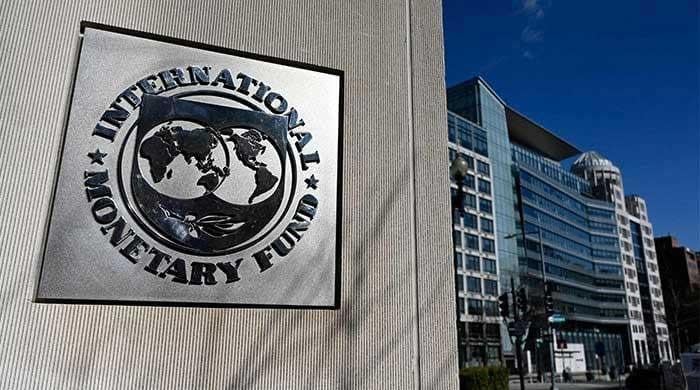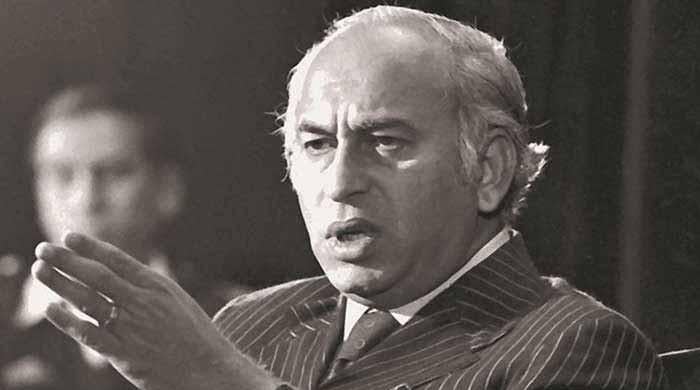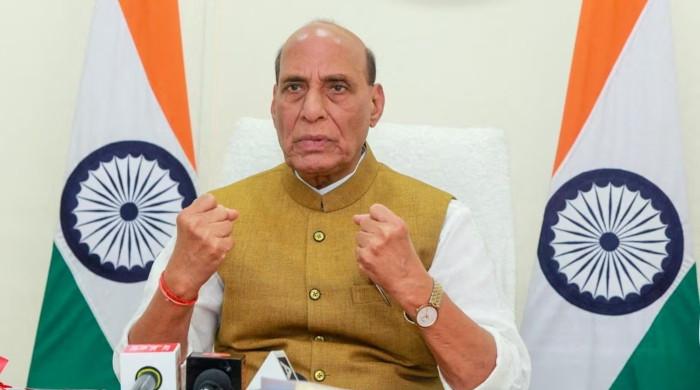Deterrence by design
Whether we like it or not, we must accept that war is a reality; one can’t stop it from happening
May 24, 2025
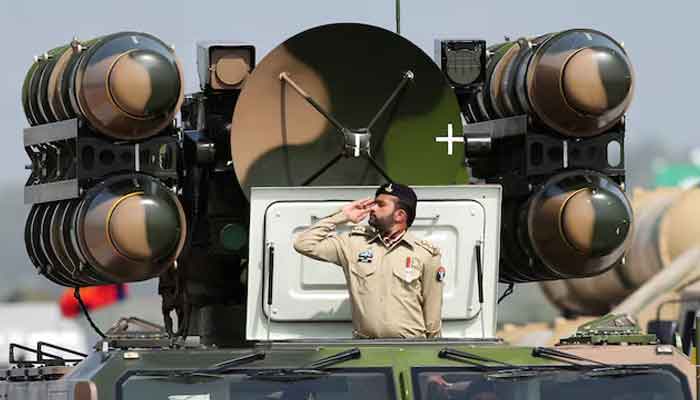
John F Kennedy once said: “It’s most unfortunate that we can secure peace only by preparing for war.” This is not just a mere political statement or a catchy line in an articulate speech aimed at voters. This, in fact, is the reality.
Whether we like it or not, we must accept that war is a reality; one can’t stop it from happening. It can only be delayed (but with huge costs), but never stopped. As long as there are two human beings in the world, there will be war; conflict will still exist if there is only one left, and war will be there even if the earth is uninhabited by the human race and some other species replaces it.
Survival warrants competition, and competition always leads to conflict, which can be given different names depending on the level and type of conflict. Suppose someone wants to rationalise or understand the cost of buying modern jets, cruise missiles, and manufacturing fighter jets. In that case, one can simply find the answer by considering how vital survival and deterrence are.
Everything else loses its significance when your very existence is threatened. It is wise to accept the reality that war is an inevitable episode that comes many times in the course of a society's life, but it's even wiser to be prepared for it before it comes. The JF-17 Thunder, the Shaheen 1, and the recently inducted J-10C are therefore not only required but also reflect the wisdom of those who initiated these projects and made them successful.
Some might argue that Pakistan is a developing country and question why it does not spend that money on socio-economic development. These arguments, while noble and liberal in appearance, often lack economic, social, and political logic. Many who make these arguments may not fully grasp the importance of survival or have the resources to leave the country in times of crisis.
The J-10C is a multi-role combat aircraft designed by the Chengdu Aircraft Corporation (CAC). It is a single-engine, medium-weight fighter aircraft, inducted into the Chinese Air Force in 2004 after its debut test flight in 1998, nearly ten years after the programme was approved. The design resembles that of the Saab Viggen and the Isreli Lavi.
The jet features a canard design and delta wings, with CADI’s design selected after a competition with strake wings and variable sweep designs. It uses the Taihang WS-10 turbofan engine, manufactured by China, marking the J-10c as its first major application.
The airframe, with a tailless delta wing configuration and canard display, is highly manoeuvrable and made out of composites, enhancing both speed and performance in diverse atmospheric and climatic conditions. The aspect ratio of the J-10C provides high manoeuvrability and less adverse yaw, making it a formidable force.
As Professor Keith Hartley discussed in a lecture on defence economics at a PIDE webinar, future weapon systems will be more sophisticated, technology-intensive and costly, leading to lower volumes but higher lethality.
Among other attributes, upgraded avionics will determine performance. The J-10C outpaces many of its contemporaries and is on par with many 4.5-generation aircraft, such as the Rafale. In terms of avionics, it is superior to the Russian HMS Sukhoi, featuring a HODUS display and a 360-degree view with the head-on display.
The J-10C is an upgraded version in the J-10 family, equipped with an active electronically scanned array (AESA), an imaging infrared seeker, and can carry PL-15 and PL-10 missiles. With its 11 hard points and payload capacity of up to 50,600 pounds, it is an excellent air-to-air fighter and can also carry bombs and non-lethal payloads.
The true test of any modern fighter’s value lies in its specifications as well as its performance during real-world operations. This was vividly demonstrated during the recent 2025 air skirmishes between Pakistan and India, where the J-10C played a pivotal role.
As India fielded its much-touted Rafale jets, the Pakistan Air Force relied on the J-10C’s advanced AESA radar, secure data links, and electronic warfare capabilities to establish air dominance.
In a notable engagement, the J-10C, operating as part of a network-centric force, successfully detected, tracked and engaged an Indian Su-30MKI and the Crown jewel of the Indian Air Force, the French-made Assault Rafale.
The J-10C’s induction marks a shift toward network-centric warfare, with its advanced data links, sensor fusion and C4I integration making it vital to Pakistan’s defence grid. Its role in the recent Pakistan-India skirmishes highlighted its superior situational awareness and deterrence capability. Acting as both sensor and shooter, the J-10C embodies modern, integrated warfare.
While Pakistan faces socio-economic challenges, deterrence remains essential. Cost-effective and technologically advanced, the J-10C offers a credible counter to platforms like India’s Rafale. As Professor Hartley noted, the true value of defence spending lies in deterrence – and the J-10C reinforces that strategic imperative.
War will never end; only the dead witness the end of war. It is time to accept this reality and make Pakistan economically, militarily and technologically powerful so that future generations can live without fear of adversaries’ weapon systems.
Dr Fida Muhammad Khan is a faculty member at the Pakistan Institute of Development Economics (PIDE). Iqra Munawar is a development economist and media officer at PIDE.
Disclaimer: The viewpoints expressed in this piece are the writer's own and don't necessarily reflect Geo.tv's editorial policy.
Originally published in The News





